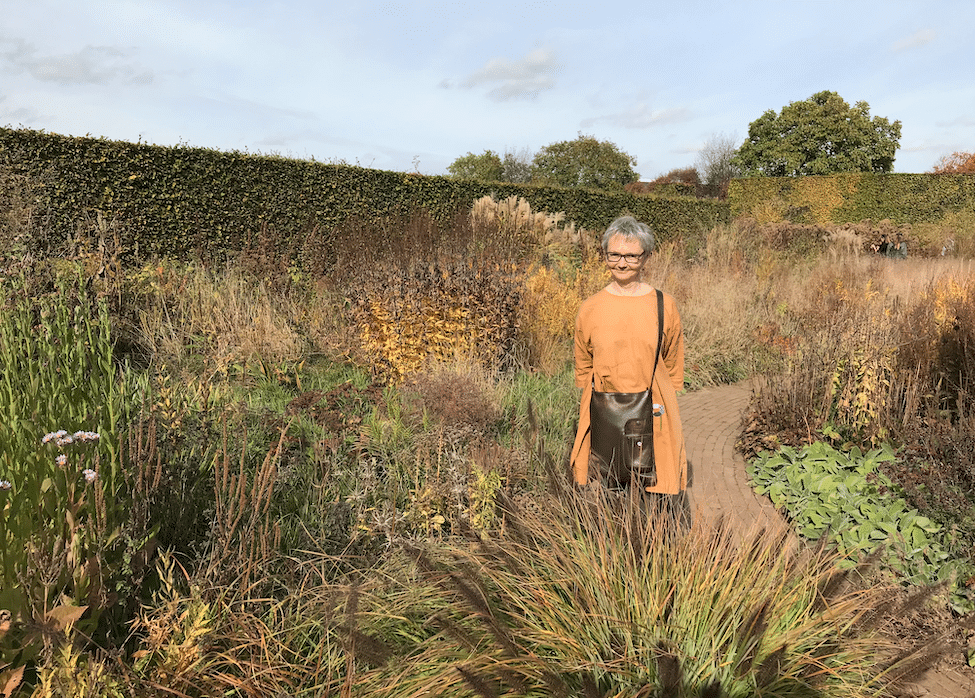Subscriber Spotlight: Leta Keens


published
New York based photographer and film maker Tim Richardsoncreated the video art animation for the premiere of 6 Breaths in 2010. We chatted to him about his creative process, taking risks and stepping out of his comfort zone.
Book your tickets now for 6 Breaths, part of Sydney Dance Company’s 50th Anniversary double bill Bonachela / Obarzanek from 1 – 9 November in Sydney.
Q. Tell me about your collaborative relationship with Rafael Bonachela. How did it begin? What is it like working with one another in a creative context?
Rafael knew my photography from my work with Dazed & Confused magazine in London. When we met he asked me to shoot the We Unfold campaign in 2010. Rafael’s unique understanding of the relationship between dance and imagery was so inspiring – it opened my eyes to new ways of shooting movement. I think we both saw We Unfold as an amazing shared creative experience so we decided to do 6 Breaths together.
Q. Can you share some of the inspirations behind your stage design for 6 Breaths?
I imagined 6 Breaths as a cycle of life. The imagery is about the birth and realisation of one’s self, visualised as a classical bust of the ‘first’ man. His birth is followed by a symbolic embrace with a lover and the discovery of connection and intimacy. The embrace then dissolves, returning him to solitude and the end of his experience of life.
Within the animation I explored classicism as an established artistic language. A form of sculpture that I felt related well with Rafael’s interest in the mythic scale of story telling. I chose 3D scanning and animation as our medium to remix the historical aspect of the imagery with the most contemporary expression of our ideas. I enjoyed that friction – particularly when 6 Breaths was shown in an ancient theatre in Venice for the Dance Biennale.
Q. Can you describe how you hope the video art installation you’ve created for 6 Breaths will make audiences feel?
I hope the audience feels the scale of emotion we imagined. The installation is designed to elevate the mythic nature of the piece and draw the audience deeper into the narrative arc of Rafael’s choreographic work.
It takes the physical body to an epic scale – translating the experience of being human into a monumental allegory.
https://youtu.be/uexhwAYiRS8Q. How does creating video art for dance differ to the art you produce for your fashion and pop music work?
This video explored themes Rafael shared with me on several levels. It created a much more intimate connection with the work than I experience with my more commercial projects. It gave me the space to create an artwork.
Q. What tools and resources and programs did you use to create the installation for 6 Breaths? In the nine years since you created the project, what developments have you seen in the capabilities of technology and how has that supported your creative ideas?
We used 3D scanning and animation software to create the work in 2010. After scanning the dancers we worked for around two months to create the ‘life cycle’ and visualise my idea of ashes to ashes. The animation of the fragments became my visualisation of breath and the right visual language for the work. We were attempting something that hadn’t been done before so it was an amazing experience. Without Rafael’s trust in me that would never have happened.
Q. What was the biggest surprise to you during the creative process for 6 Breath’s video art installation?
I was surprised by how well the work integrated into the dance. Rafael’s ability to read images made the relationship between the film and performance seamless.
Q. As such a well-established and world-renowned artist, who or where do you look to for inspiration to find new themes to explore and generate new ideas to include in your work?
Inspiration is really a reactionary thing for me. Each new project demands a different approach so I let the medium define the direction. The actual source of the inspiration is never the same twice. I look at books, film, art or my last project. I often seek a binary relationship between elements – references that are seemingly unrelated can be the best source of inspiration.
Q. You’ve developed a great range of works and films – how do you find working in the different formats? And how do you approach practicing and refining your skills to be flexible to develop works in different formats?
I see the creative process as the same across film and photography. The key difference for me is the execution. The actual making of the work defines the expression of the project on so many levels. Every project is the opportunity to practice, refine and try new ideas. I think its always better to experience a creative ‘baptism of fire’ on every project – to take risks and step out of the comfort zone.
Q. With digital media being so relevant to our young audiences, what advice would you give them that you feel will help them to explore developing an artistic approach to digital concepts?
The best advice I can give is to explore and experiment as much as possible. Take the time to deep dive into the medium – don’t be afraid to make mistakes – that’s where the real beauty is.
Tim Richardson’s video art animation for 6 Breaths is part of Season Two from 1 – 9 November in Sydney. Subscribe now and save 15% on tickets.